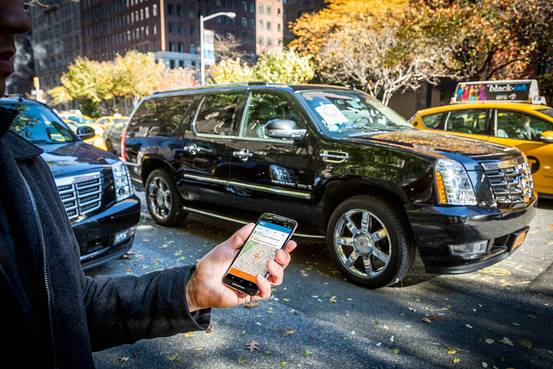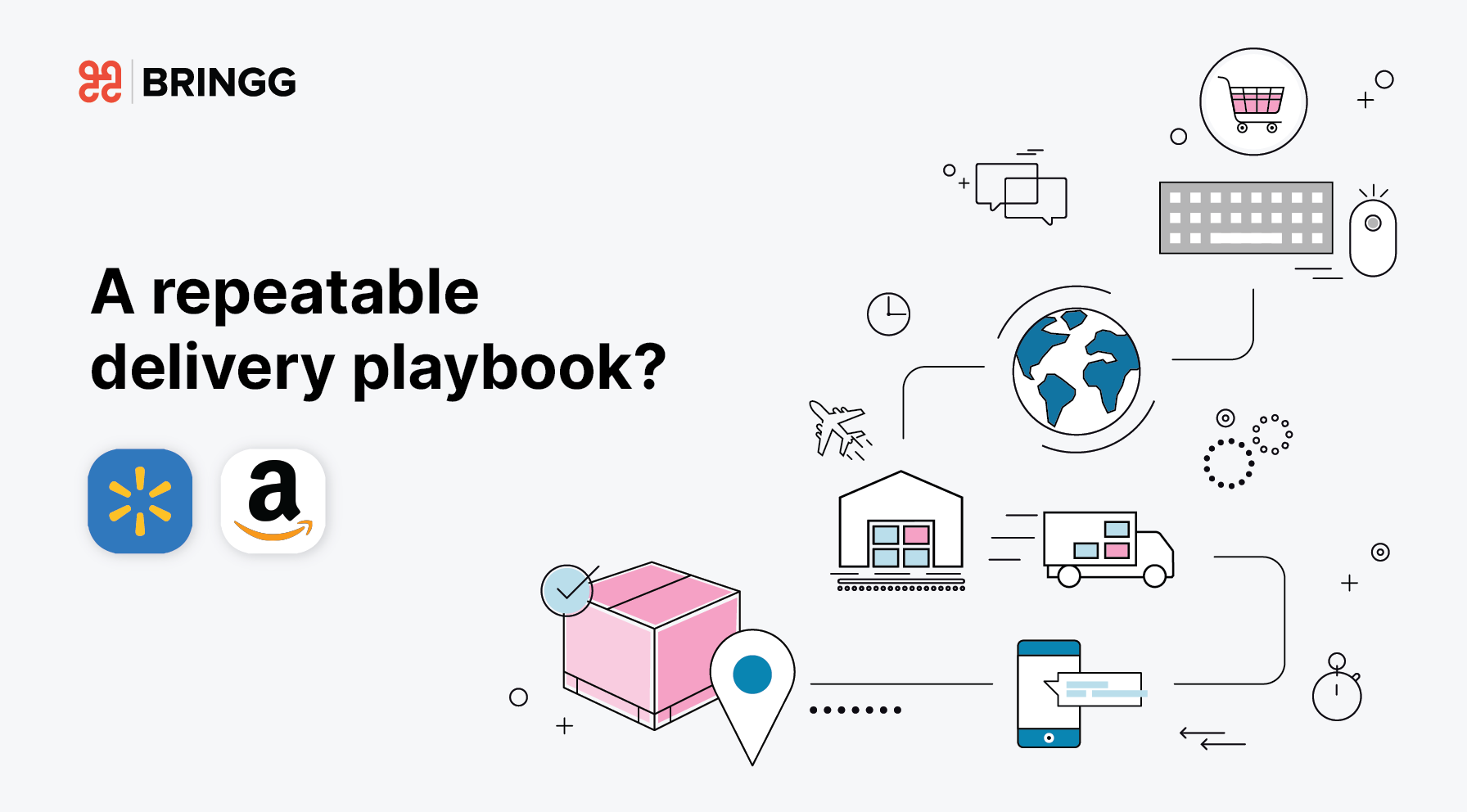Change, as they say, is the only thing you can count on. Since the turn of the century the pace of change in nearly every aspect of life, particularly with regards to technology, has increased dramatically. Since the tech world licked its wounds after the dot-com bust, the innovative ways in which new technology has been applied to help make everyday tasks easier has been remarkable.
The On-Demand Economy
Uber generally represents the first-mover in the on-demand economy. Although the concept of “on-demand” may have existed prior, Uber was the one that set off a revolution that has started to disrupt industries, one by one.
It’s safe to say that the taxi industry as we know it will never be the same, and many other industries are starting to feel the same way.
People see opportunities and incumbents are starting to find ways to incorporate on-demand into their current business models. They are also finding new and innovative ways to leverage their distribution channels and core competencies to utilize on-demand
As we look to the future, new trends are beginning to take shape, making new industries ripe for disruption.
B2B On-Demand Services
In the technological age, efficiency is what makes or breaks a business. As such, businesses that provides goods to various merchants need to optimize their resupply process, lest the merchant runs out of their item prior to the next scheduled resupply.
A good example of how this type of service could be leveraged is an easy-to-use mobile ordering app that enables merchants to choose the inventory they need which would then notify the closest distributor is notified. The merchant can then watch the delivery vehicle delivering their restock product in real time on their own smartphone.
Some of the greatest benefits this would provide include:
- Shortens delivery time from next day to same day delivery
- Transforms the entire re-supply process to an on-demand service
- Creates full transparency throughout the delivery process
Mass Transit

Uber started the on-demand transportation revolution with taxis, but the future of on-demand transportation points to mass transit. The transition from taxi services to mass transit started with ride sharing. Even now, you can see Uber, Lyft and others starting ride sharing services.
We are already seeing on-demand mass transit services in select cities. Bridj, which is an “Uber-like” service that has specific pick up and drop off (PUDO) locations around select cities. Via is another an on-demand transit app. The service is currently available in Chicago and NYC.
Shipping Companies
Over the last year we have been reading about several well known retail and eCommerce businesses beginning to offer same-day delivery, even one-hour delivery. These new services are pushing the traditional shipping companies to expand their services in order to meet the modern challenges of changing consumer expectations.
Part of those expectations include greater visibility over where their packages are and when they’ll arrive. Already, some parcel services such as USPS are providing very basic mobile experience which lets customers know when their packages are on the way. But, so far, these are relatively simplistic.
The transition of 3PLs towards on-demand will likely involve the inclusion of crowd-sourced, hyper-local delivery people. For this to work, technology enabling the integration of existing delivery infrastructure with tools that allow for participating drivers to be seamlessly integrated into the full-time delivery workforce. This would include a driver app with the ability to easily go on and off shift, and viewing available ready orders that are pending delivery.
Prescription Drugs Drop-off

As average life expectancy increases, especially in the United States, the need for expanded prescription medication delivery services will grow. It makes sense – elderly folks tend to have a harder time making the trip to the local drug store to fill their prescriptions. There is clearly a market need for on-demand delivery of life-saving drugs for these people.
It’s possible that pharmacies themselves will provide this kind of service to their customers. Instead of dropping off and picking up a script, pharmacies will accept prescriptions electronically and dispatch them to their intended recipient within an hour or two.
No one can fully predict what will happen in the coming years in the on-demand economy, but what’s certain is that many more industries will be disrupted in the way that Uber turned the taxi industry on its head.



